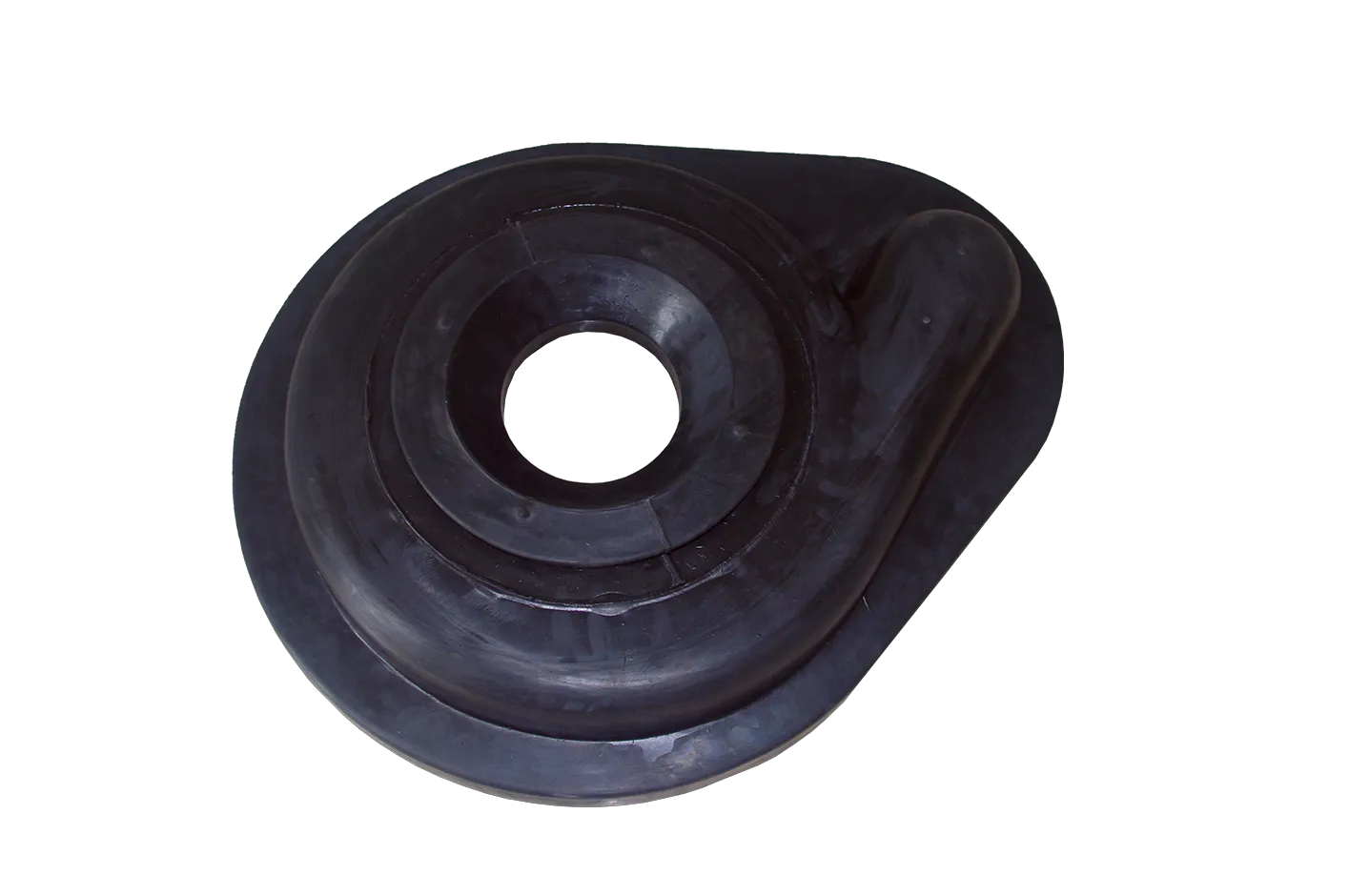-
 support@minemaxx.com
support@minemaxx.com
-
 0086-311-87833311
0086-311-87833311
 NO.8 JIHENG STREET,QIAOXI DISTRICT,SHIJIAZHUANG,HEBEI,CHINA
NO.8 JIHENG STREET,QIAOXI DISTRICT,SHIJIAZHUANG,HEBEI,CHINA
bearing assembly process
The Bearing Assembly Process A Comprehensive Overview
The bearing assembly process is a crucial component in the manufacturing and maintenance of various machinery. Bearings serve as critical components that allow for relative motion between parts in machines while minimizing friction. This process involves several key steps and considerations to ensure that the bearings function correctly and have a long lifespan.
Understanding Bearings
Before delving into the assembly process, it's essential to understand the types of bearings commonly used. The two primary categories are rolling element bearings and sliding bearings. Rolling element bearings, including ball and roller bearings, utilize rolling elements to reduce friction. In contrast, sliding bearings depend on a lubricating film to facilitate smooth motion. Each bearing type presents unique advantages and is selected based on specific application requirements.
Step 1 Material Selection
The first step in the bearing assembly process is selecting appropriate materials. Bearings are typically made from high-quality steels or advanced materials such as ceramics, depending on their application. Steel bearings offer strength and durability, while ceramic bearings are lighter and can operate at higher speeds with lower friction. The choice of material significantly influences the bearing's performance, load capacity, and resistance to environmental factors such as corrosion and temperature variations.
Step 2 Preparing Components
Once the materials are selected, the next step involves preparing the various components of the bearing. This includes the inner and outer rings, rolling elements (balls or rollers), and, if applicable, cages that hold the rolling elements in place. Each component must be manufactured to precise tolerances to ensure a proper fit, which is critical for reducing vibration and wear during operation. Precision machining and surface finishing techniques are employed to achieve these tolerances.
bearing assembly process

Step 3 Cleaning and Lubrication
After machining, all components must undergo thorough cleaning to remove any pollutants, oils, or particulates that could impede performance. This is especially important because even the smallest contaminants can lead to premature failure. Following cleaning, lubrication is applied to reduce friction during assembly and operation. The choice of lubricant—whether grease or oil—depends on the bearing's intended use, operating conditions, and speed.
Step 4 Assembly of Components
With all components prepared and cleaned, the actual assembly process begins. This step requires a clean and controlled environment to prevent contamination. The inner and outer rings are paired with the correct rolling elements, ensuring that their orientation is accurate. If the bearing design includes a cage, it is installed to maintain proper spacing between the rolling elements. Attention to detail during this phase is crucial, as any misalignment can lead to early bearing failure.
Step 5 Testing and Quality Control
Once assembled, bearings must undergo rigorous testing and quality control measures. These tests evaluate various parameters, including load capacity, noise levels, and rotational accuracy. Any bearings that do not meet specifications are identified and discarded or sent back for rework. This step ensures that only high-quality bearings are delivered to customers, as even minor defects can compromise the performance of machinery.
Conclusion
The bearing assembly process is a sophisticated and meticulous procedure that is vital to the efficiency and reliability of countless machines. From the selection of materials to the final testing and quality control measures, every phase of this process plays a significant role in determining the ultimate performance of the bearing. As machinery continues to evolve, so too will the technologies and techniques used in bearing assembly, highlighting the importance of ongoing innovation in this field. Understanding this process not only enhances manufacturing practices but also aids in the proper maintenance and selection of bearings for various applications.
-
Wet Parts for Optimal PerformanceNewsOct.10,2024
-
Vertical Pump Centrifugal SolutionsNewsOct.10,2024
-
Top Slurry Pump ManufacturersNewsOct.10,2024
-
The Ultimate Guide to Centrifugal Pump for SlurryNewsOct.10,2024
-
Pump Bearing Types for Optimal PerformanceNewsOct.10,2024
-
A Guide to Top Slurry Pump SuppliersNewsOct.10,2024
-
Slurry Pump Parts for Optimal PerformanceNewsSep.25,2024

